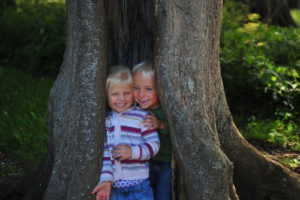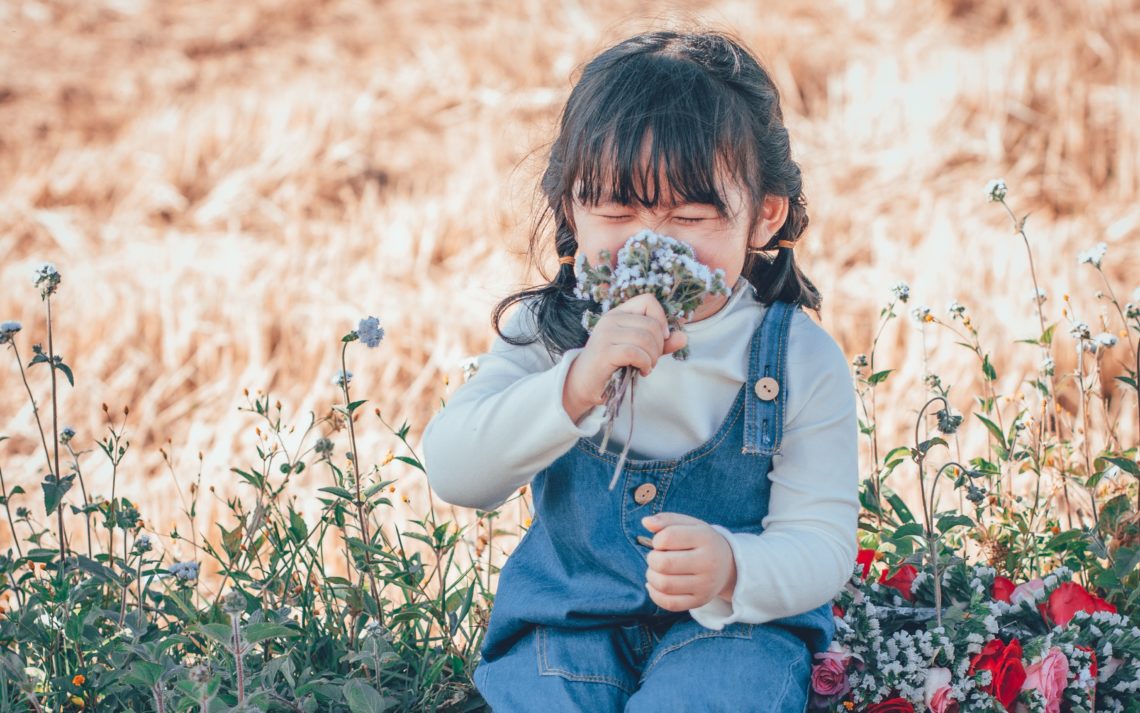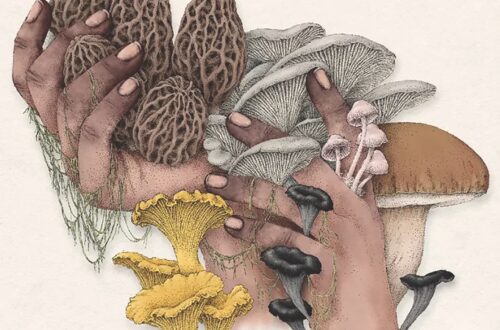 Bringing Plants and Children Together
Bringing Plants and Children Together
The growing seasons of spring and summer are joyous events for nature lovers. Those who live with the darkness and snow of winter are thrilled with each new plant popping up, bird songs galore and the long, light-filled days. The regenerative energy of spring is obvious among children; just ask any teacher about the “hum” of a classroom filled with children in May.
One of the gifts of childhood is an eager and natural curiosity of the young learner’s mind. The study of plants is one of the most interesting and accessible activities to engage learners of all ages. Directing the energy of curiosity to building a basic foundation of plant knowledge would benefit individuals as well as our overall culture. Understanding the many functions of plants in our day-to-day lives teaches thinking skills, self-reliance, appreciation and gratitude. I think our communities would benefit tremendously if we invested in thinking, independence and gratitude.
Studying plants is a life-long learning adventure. So this spring and summer why not introduce plants to the young ones in your life? Listed below are 5 simple activities to initiate.
Get outdoors!
In Robert Louv’s book, Last Child in the Woods, he presents an abundance of information about how we have scared and electronically entertained our children away from nature. Start with your backyard or a nearby park and do an observational inventory. These activities will develop strong observational skills, pattern recognition and attention to detail (important skills for math and science learning).
- Ask your learners to identify the number of plants that look different from each other. You may be surprised when plants like trees and grass are ignored!
- Next, describe what a pattern is and look for patterns within the arrangement of plants. Are there groups of the same or similar plants grouped together? Do some plants only appear in the shade?
- Avoid using the word “weed”. This is a cultural term that is sadly given to some of the most beneficial plants growing in our surroundings.
- If possible, visit an unmaintained space like an overgrown field, a native forest or an abandoned lot to do another observational inventory. Compare the inventories and look for similarities and differences.
- Follow the inquiries and paths of your learners. Did they watch an ant climb into a flower? Did they sneeze while walking through some high grass? Did they ask about markings on a plant?
Study, in detail, one or two plants.
Let the learner select their plants and help them with the correct species identification (Note: proper identification is important for later exploration activities.)
- Libraries have regional plant field books that can help with identification. If unsure of the plant’s ID, steer your learner in the direction of a plant that you can clearly identify like a dandelion, oak tree, or a culinary herb.
- Create a plant journal or invest in an inexpensive sketch book. Ask learners to sit with their selected plants and draw pictures with as much detail as possible. Colored pencils are wonderful for this kind of activity.
- Can you and your learners identify the parts of plants? Again, libraries likely have children’s books that can assist with this introduction to botany. If you decide to investigate plant study from a scientific perspective one of the best books to invest in is Botany in a Day by Thomas J. Elpel. For older learners, another great resource is The Visual Dictionary of Plants from the Eyewitness series.
- Plants that share similar characteristics are grouped into families and this method of pattern recognition is far more beneficial to the learner that simple photo identification. Elpel’s book has an excellent set of online articles on recognizing plant families. Recognizing and understanding patterns is a key element to developing mathematical aptitude.
- Do you have a budding herbalist in your life? Treat her to a subscription of Herbal Roots Zine a publication designed for all learners interested in the magic of herbs and spices!
Plant an herb garden
Common herbs often have fascinating histories including culinary, medicinal and cosmetic uses. After all, humans have used them for thousands of years! They are easy to grow either in the ground or in containers.
Starting a small herb garden with your learners is one of the best ways to introduce the study of plants. A basic culinary garden that includes perennials like rosemary, thyme, chives, oregano, lemon balm, and peppermint and annuals like basil, cilantro and dill will provide an abundance of learning and tasting opportunities that are easily accessible to learners.
Herb gardening opens the door to lots of additional enjoyable learning experiences and offers the opportunity to learn responsibility for living things. For less than $20 you can buy herb starts and plant them in a sunny location in your yard or in pots. Some basic information on gardening with children is located here.
Teach crafting
Crafting with herbs and plants is a fun, often aromatic and highly creative experience. Creating fairy creatures with fresh and dried petals, stems and leaves is a traditional activity. Fairy gardening is a great way to introduce the magic of plants and the responsibility of taking care of them. Creating an herbal bouquet every few days from herbs and flowers offers an opportunity to discuss how and why to ethically and sustainably harvest plants.
Learn medicinal benefits of plants
Involve the entire family in learning about the medicinal benefits of plants by playing the unique board game – Wildcraft. The Withered Herb’s Family Game Night collection offers a well-rounded approach to learning about herbs and simple medicinal home remedies and comes packaged ready for the spring or summer vacation!
Encourage your child to research what interests them about their plants. Supervised tasting, tea making and cooking should be encouraged provided you have a correct identification and have checked to see if the plant is edible. Learning about plants teaches far more than plant ID and often inspires children to take charge of what they want to know. Engage their natural curiosity and be prepared for it to take off!
Sue Kusch is an herbalist and educator who owns Plants n People. She teaches classes and workshops, handcrafts, medicinal, culinary and cosmetic creations. She spends a good portion of her day growing food crops and herbs in her gardens, and battling the gophers who also love her gardens.






